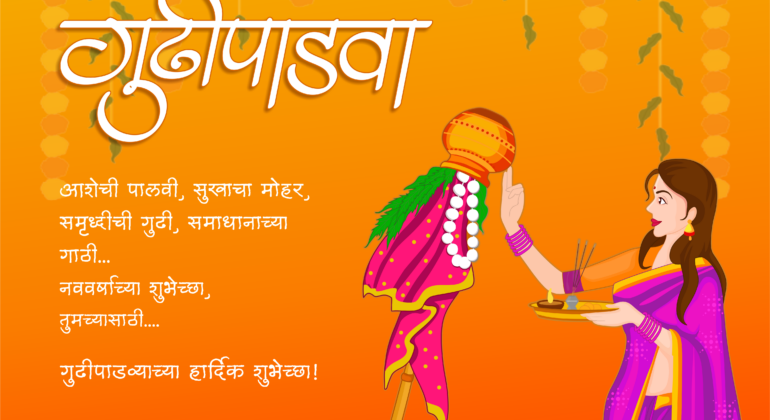Recovery tips for COVID patients
COVID-19 has changed the way of life irrevocably across the globe since last year. Even after testing negative covid leaves a long-lasting effect on the body. The post covid symptoms include symptoms like fatigue, breathing problems, joint pain, chest pain, and foggy memory long-lasting tips, …
Gudi Padwa through an eye of Ayurved
In Bhagavad Geeta, Shrikrishna mentioned the superiority of Vasant Rutu amongst all Rutu by the line ‘Rutunam Kusumakar’ | Vasant Rutu is the season of creation, diversity and happiness. The first day of this Rutu is celebrated in India as Gudi Padwa. i.e. Marathi New …
Keep Calm & Eat Aam
Happy Mango Days. Summer vacations are incomplete without eating Mangoes. Mango, commonly known as Aam, is called the ‘King of Fruits’. It is one of the most consumed fruits during the summer season and has many varieties including Alphanso, Kesar, etc. Ayurved mentioned the properties …
Make your Mental Health a priority by connecting with Turyaa
3 idiots, the movie Is a perfect blend of all emotions. On top of it, all the characters from the movie teach us many life lessons in an interesting manner. Most of the lessons are associated with psychology and mental health which are much-neglected health …
Time to Care for our “Superheroes” at Home!!
“Men will be Men ”, this saying catches our attention each time. We think of how they manage responsibilities both indoors & outdoors with all the enthusiasm, mischief & excitement. With changing times both Men & Women are interchanging the roles & responsibilities to take …
Basti – Your Body’s AC in Monsoon
The air conditioner has become a need especially in summer and is no more a luxury. AC adjusts the temperature of the surrounding air to make you feel comfortable. Now the questions are Does AC equally essential in once the temperature becomes quietly manageable during …









